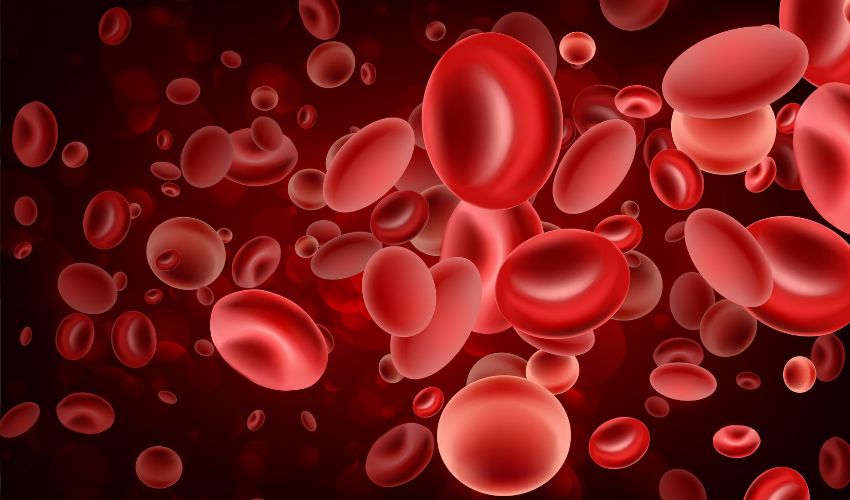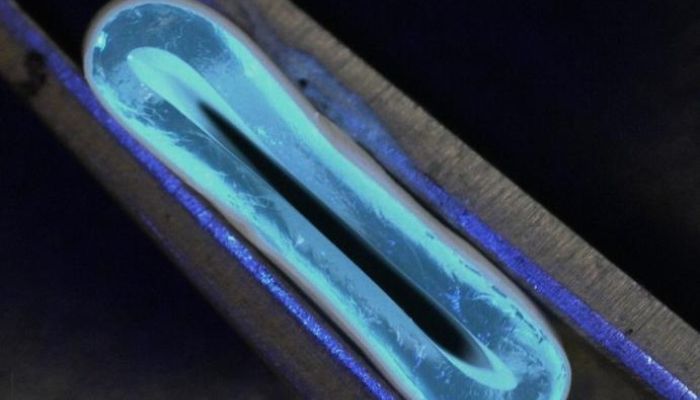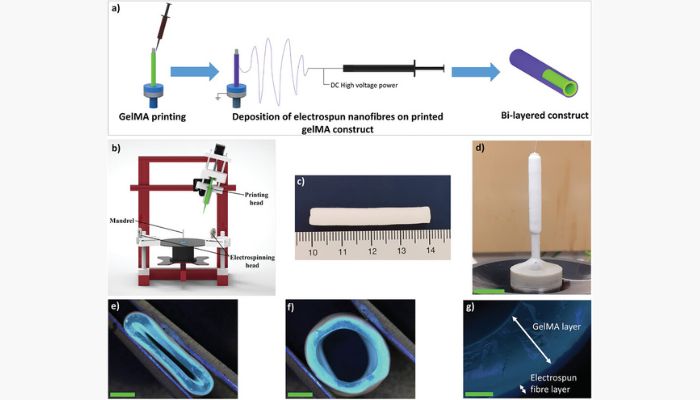3D Printed Blood Vessels Expected to Improve Heart Bypass Outcomes

The leading cause of death is heart disease, responsible for almost a third worldwide. This is notably the case in the USA where one person dies every 33 seconds from cardiovascular disease according to the CDC and in the UK where nearly a quarter of deaths are related to heart and circulatory diseases. But with this being such a serious consideration, how are we improving treatment options? Well, it seems the University of Edinburgh may have found a solution, at least as it comes to improving outcomes for bypass surgeries. By making 3D printed blood vessels, they hope to completely transform the treatment of cardiovascular diseases.
Coronary artery bypass surgeries treat coronary artery disease by creating a new path for blood to flow around a blocked or partially blocked artery in the heart. They are incredibly common with almost 400,000 thousand performed in the United States yearly and 20,000 in England. And though their outcomes tend to be favorable, the success rate is around 98%, the risk of complication remains relatively high at 20%. This is where the University of Edinburgh hopes to help by developing 3D printed blood vessels.

The 3D printed blood vessels (photo credits: Dr. Norbert Radasci, School of Engineering, University of Edinburgh)
Creating 3D Printed Blood Vessels
The idea for this project is to make strong, flexible tubes using 3D printing. These are expected to improve outcomes by replacing the human and synthetic veins currently used in surgery by helping to limit the scarring, pain and infection risk associated with the removal of human veins in bypass operations. Furthermore, they could help alleviate the failure of small synthetic grafts, known for being hard to integrate into the body.
To accomplish this, the University of Edinburgh team turned to a novel two-stage process. The first step was to turn to a rotating spindle integrated into a 3D printer. This was used to print tubular grafts using extrusion with a water-based gel. These were then reinforced using electrospinning wherein high voltage draws out thin nanofibers that then coat the artificial blood vessel in biodegradable polyester molecules.

Diagram showing the process for making the 3D printed blood vessels (Photo Credits: Dr. Norbert Radasci, School of Engineering, University of Edinburgh)
The result? 3D printed blood vessels that can be made in a thickness ranging from 1 to 40 mm in diameter and with a flexibility that makes them easier to integrate into the human body. Furthermore, testing showed that the products are as strong as natural blood vessels. Next steps will be to use the blood vessels in animals before moving onto human trials.
Dr. Norbert Radacsi, of the University of Edinburgh’s School of Engineering and principal investigator, concluded, “The results from our research address a long-standing challenge in the field of vascular tissue engineering – to produce a conduit that has similar biomechanical properties to that of human veins. With continued support and collaboration, the vision of improved treatment options for patients with cardiovascular disease could become a reality.” You can find out more in the study HERE.
What do you think of these 3D printed blood vessels? Let us know in a comment below or on our LinkedIn, Facebook, and Twitter pages! Don’t forget to sign up for our free weekly newsletter here for the latest 3D printing news straight to your inbox! You can also find all our videos on our YouTube channel.






